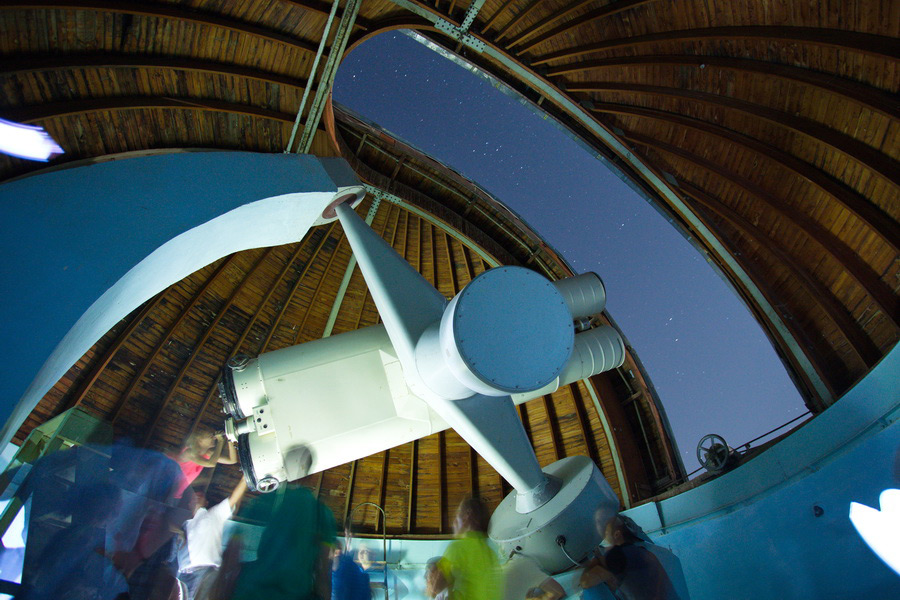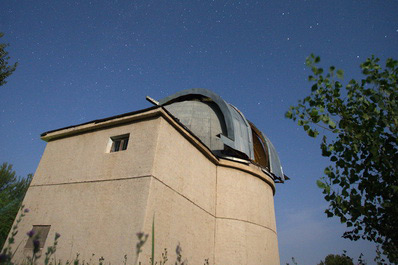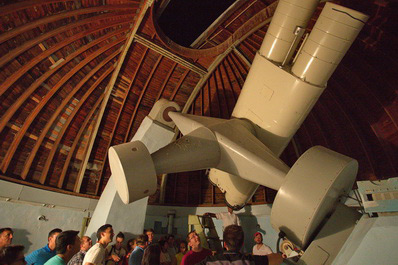Kitab Observatory, Shakhrisabz vicinity

The International Latitude Station in Kitab is one of five astronomical bases on Earth located at 39°08′ north latitude that monitor shifts in the Earth's poles. As a part of the Mirzo Ulugbek Astronomical Institute, it plays a key role in studying polar motion, latitude variation, and geodynamics.
Scientific Research
Established in 1930, the station has conducted high-precision astrometric observations that enable scientists to track changes in the Earth's axis of rotation. For decades, its research has significantly contributed to the development of Earth motion models and the study of the planet’s gravitational field. Data gathered at the Kitab Latitude Station also helps in refining Coordinated Universal Time (UTC). Moreover, the station's findings are also important for seismic forecasting, as fluctuations in the Earth's axis may correlate with processes occurring deep within the planet.
Equipment
The station is equipped with specialized astronomical instruments, including zenith and survey telescopes, zenith tubes, and a Zeiss double wide-angle astrograph - the latter famously used to capture images of Halley’s Comet. These tools are capable of detecting even the slightest latitude shifts and determining celestial coordinates with exceptional precision.
Today, the Kitab Latitude Station remains an active hub for monitoring the Earth's rotation. Its observations support climate change forecasting, the enhancement of satellite navigation systems, and the refinement of global geodetic frameworks. The station also welcomes visitors, offering guided tours that delve into its scientific legacy, showcase professional astronomical equipment, and provide opportunities to view the night sky through modern telescopes.



